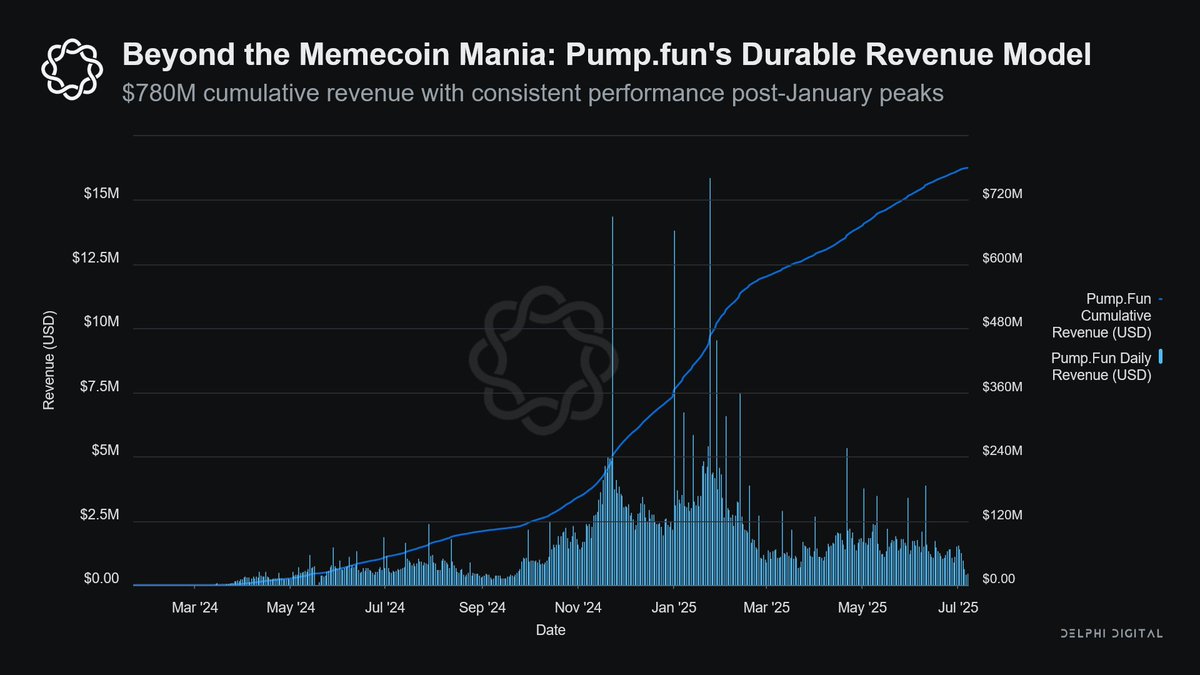0/ In today’s Delphi Daily, we examined ETH retesting range heights and the market’s current fear.
In addition, we analyzed @dydxprotocol flipping @coinbase’s total volume and Perp DEX token shining.
For a deeper dive 🧵👇
In addition, we analyzed @dydxprotocol flipping @coinbase’s total volume and Perp DEX token shining.
For a deeper dive 🧵👇

1/ Market Update-
🔹Macro and regulatory fears continue to linger as most of the market has been in the red today.
🔹Crypto markets dipped on Friday following news that China banned crypto (again), before recovering slightly heading into Monday.
🔹Macro and regulatory fears continue to linger as most of the market has been in the red today.
🔹Crypto markets dipped on Friday following news that China banned crypto (again), before recovering slightly heading into Monday.

2/ Unless a clear catalyst or shift in market structure takes place, ETH is likely to continue trading within this broad range.
Note that ETH is currently trading near the range high, which means if the market continues ranging, then a swing back to the lows is likely.
Note that ETH is currently trading near the range high, which means if the market continues ranging, then a swing back to the lows is likely.

3/ Despite a solid bout of mean reversion over the weekend, it appears that markets are still gripped by fear as price action stalls out.
The Fear & Greed index has been hovering around ~25 (a state of fear) for the past few days.
The Fear & Greed index has been hovering around ~25 (a state of fear) for the past few days.

4/ While dYdX continues to dominate the DeFi perps market, it also recently achieved another significant milestone – eclipsing Coinbase’s 24H trading volume.
A big contributor to this is the nature of dYdX’s trade mining rewards structure.
A big contributor to this is the nature of dYdX’s trade mining rewards structure.

5/ In addition to breaking records for trading volume, the $DYDX token hit a new all time high price of $22.67 earlier today before cooling off.
Perpetual Protocol’s token ($PERP) has also followed closely behind, perhaps benefiting from the same thematic trade.
Perpetual Protocol’s token ($PERP) has also followed closely behind, perhaps benefiting from the same thematic trade.

6/ Tweets of the day!
An important proposal for @dydxfoundation.
An important proposal for @dydxfoundation.
https://twitter.com/AntonioMJuliano/status/1442517953363075080
10/ Crypto moves fast. Delphi has you covered. Sign up here to get Delphi's free daily newsletter delivered right to your inbox every weekday
delphidigital.io/daily/
delphidigital.io/daily/
• • •
Missing some Tweet in this thread? You can try to
force a refresh


























